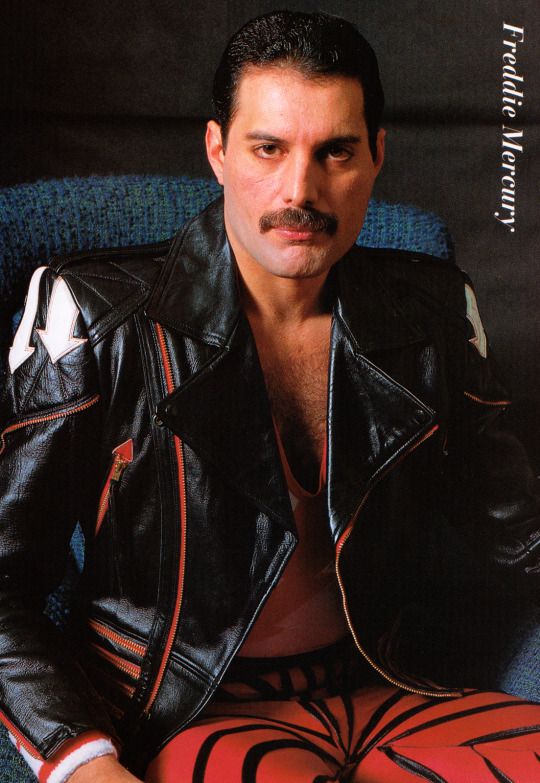Text
Kylux and the Queer Literary Tradition
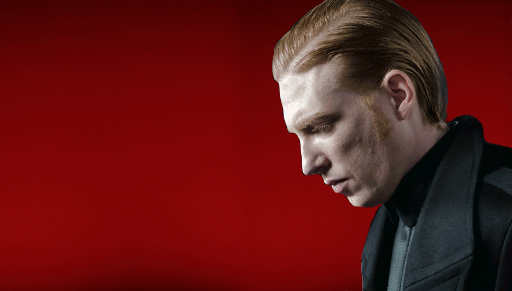
So, I have seen a lot of people talk about Kylux in terms of queer fetishisation or even labelling it a “crack ship”.
The discourse has somehow made Kylux out to be this straight-girl fantasy where two men are simply shipped because they are white and handsome. Such an unfavourable interpretation completely takes away from many Kyluxers being queer and/or poc themselves as well as shaming straight people for seeing queer potential where it’s not canonically stated to be. Since the comic came out, there has been much elation because it finally “confirms” some of the things that appeal to Kyluxers, therefore justifying the ship. I don’t think, however, that Kylux has ever been anything but rather conventional in its queer subtext. Kylux falls in line with a long tradition of homoerotic aggression between two men. I will try to put this into words as eloquently as I can.
First, let’s talk about how Kylo Ren/Ben Solo and Armitage Hux are queer coded on their own before moving on to their relationship.
Armitage Hux is almost comically queer coded. The act of feminising a villain to subtly convey to the audience that he is gay and therefore “morally reprehensible” has been a practice since the Hays code era (in some respects even before that -as the Victorian Age marks the beginning of our modern understanding of gender and subsequently, its subversion). He is seen to be physically weak, petty, moving and snarling and “bitching” in a way society would stereotypically ascribe to women.
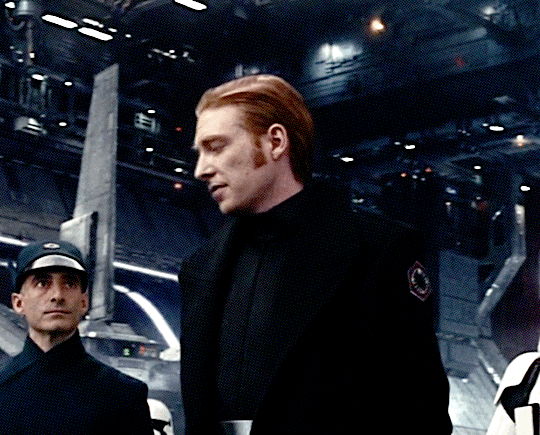
His British Accent, at least from an American point of view, already marks his sexuality as ambiguous. This is not helped by the fact that he speaks in an abnormally posh way, alienating himself from the common people.Hereby, the movies draw a well-established line between decadence/queer and pragmatic/heteronormative.
In the “Aftermath” trilogy Brendol Hux states his son to be “weak willed” and “thin as a slip of paper and just as useless”, robbing him of his masculinity – no matter how ridiculous of an endeavour this is when talking about a four-year old boy. Hux is very early on criticised for not fitting into a socially expected form of manhood. This is especially evident when one compares him to his resistance rival, Poe Dameron. Now, Dameron has his own set of queer coding, but he is shown to be what is commonly viewed as “acceptably queer”. He is masculine, trained and proactive. When he ridicules Hux at the beginning of The Last Jedi, there is this juxtaposition of the helpless, feminine villain and the dashing, superior male hero. Hux is supposed to be judged as vain and arrogant while Poe takes risks and although reckless, is somehow to be admired. Further, Hux is constantly abused. He is thrown into walls letting out high pitched screams, runs away in the face of danger (as seen in the recent comic) and is pushed around by his own subordinates. His strength lies in being cunning and calculated, not stereotypically masculine virtues.
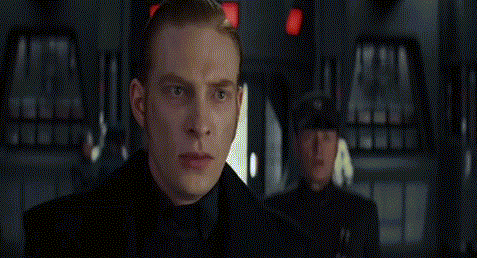
Hux’s destructive powers, his monstrosity so to speak, also follow a long-standing tradition of queer villainization. Harry Benshoff’s The Monster and The Homosexual articulates this as follows:
“[…] repressed by society, these socio-political and psychosexual Others are displaced (as in a nightmare) onto monstrous signifiers, in which form they return to wreak havoc […]” (Benshoff 65).
And what other, than a socio-political Other, is Armitage Hux - the Starkiller?
Kylo Ren/Ben Solo, too, is touched by the mark of queerness. It is no coincidence that despite his raw power and muscular physique, Kylo Ren has not been adopted by hegemonic masculinity in the same way Han Solo has, for example. When the logical is traditionally seen as masculine, the realms of pure and unfiltered emotionality is feminine. And Kylo Ren is unrestrained in his vulnerability, his tears, his pain – People make fun of the dramatic ways he gives words to his feelings precisely because it is regarded as weak, as whiny, as “womanly”. His long curly hair, full lips and dress-like costume only strengthens this impression. Kylo Ren is an amalgam of masculine aggression and feminine expressiveness. Some of his outbursts even remind of the pseudo-illness of hysteria. The gendered lines are blurred and unclear in Kylo Ren, diffusing any efforts to appease the binary. Benshoff describes this as a form of queer existence which does not only constitute itself in opposition to what is considered normal but “ultimately opposed the binary definitions and prescriptions of a patriarchal heterosexism” (Benshoff 63).

Both are not easily categorised. They are patched up by multiple, gendered signifyers. Kylo Ren’s masculine body in contrast to his femininized fashion. Hux’s slender body with his stiff and masculinised military get-up. Hux’s toxic tendency to avoid showing his emotions while also being shown as weak, womanly, cowardly. Kylo Ren is an excellent warrior, yet simultaneously being prone to emotional outbursts. Jeffrey Jerome Cohen’s famous work Monster Theory (Seven Theses) elaborates upon this further, while acknowledging that queer figures are most commonly depicted as the monstrous Other:
“The refusal to participate in the classificatory “order of things” is true of monsters generally: they are disturbing hybrids whose externally incoherent bodies resist attempts to include them in any systematic structuration.” (Cohen 6).
Nonetheless, many queer people feel empowered by these figures. Lee Edelman theorises in his polemic No Future: Queer Theory and the Death Drive about the nature of queerness as a force of cultural resistance. According to Edelman, the queer must always refuse societal expectations of a perpetual future and embrace the death drive instead. In this sense, queerness stands in direct opposition to futurity as it negates any meaning in sexual reproduction and marriage (cp. Edelman 13). When Hux destroys planets, when Kylo Ren proposes to burn it all down “The Empire, your Parents, the Resistance, the Sith, the Jedi”, they are not merely killing the past. They are also negating the worth of categories that make up future and present alike. They are resisting the heteronormative values of production.
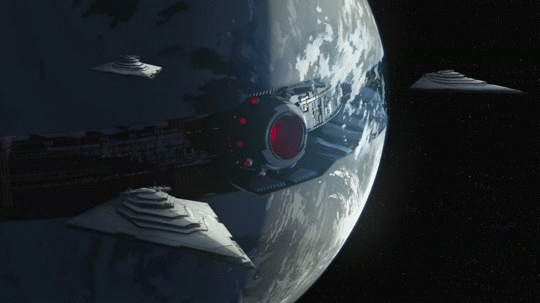
Now that we have the puzzle pieces that illustrate how Hux and Kylo are queer figures in on themselves, it might be interesting to examine how they work together.
In her text “Epistemology of the Closet”, Eve Sedgwick talks about a common gothic trope where two men are caught in a feud full of mutual hatred. In this case, both men are mirror images of one another, making them especially vulnerable to the other’s advances: “[…] a male hero is in a close, usually murderous relation to another male figure, in some respects his ‘double’, to whom he seems to be mentally transparent.”
Kylo and Hux are very clearly mirrors of one another. Aside from the gendered oppositions I have already illustrated, they are each other’s double in every sense of the word. Born on opposite ends of an age-old war. Both caught in complicated relationship with their fathers whom both have killed out of opposite motivations (loving them too much vs. hating them with a passion). They represent the opposite ends in the binaries for logic vs. spirituality, restraint vs. wildness, control vs. sensuality, technology vs. nature etc.
This shot from The Last Jedi shows both of them mirroring each other visually, henceforth strengthening this impression.
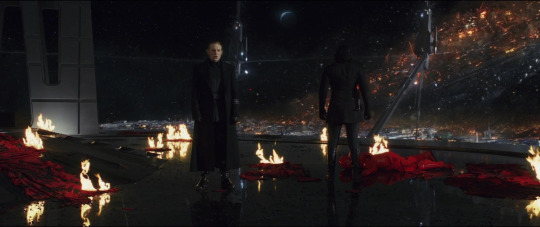
They are “mentally transparent” to each other, because they are different sides of the same coin which Snoke tossed around to his whims. Even their aggression takes on erotic forms. It is hard to deny the homoerotic implications in choking another men to make him submit, forcing him onto his knees. The breaching of personal spaces and looming over each other, the obsessive need to prove one’s own worth to the male other with which one is engaged in a homosocial bond:
“The projective mutual accusation of two mirror-image men, drawn together in a bond that renders desire indistinguishable from prédation, is the typifying gesture of paranoid knowledge.” (Sedgwick 100).


And through all of this, I have not even talked about the collaborative potential between the two of them. Their instinct to protect one another despite insiting the opposite. How both of them could overcome their trauma by engaging with the other, who suffered so similarly under family obligation and Snoke’s abuse.

Works Cited:
Benshoff, Harry: “The Monster and the Homosexual.” In: Harry Benshoff (ed. and introd.)/Sean Griffin (ed. and introd.): Queer Cinema, the Film Reader. New York: Routledge 2004. Pp. 63-74.
Cohen, Jeffrey Jerome. “Monster Culture (Seven Theses).” Jeffrey Jerome (ed. and preface) Cohen: Monster Theory: Reading Culture (1996): 3-25.
Edelman, Lee. No Future: Queer Theory and the Death Drive. ,2004. Print.
Sedgwick, Eve Kosofsky-Sedgwick. Epistemology Of the Closet. Berkeley, Calif. :University of California Press, 2008.
2K notes
·
View notes
Text
You have been visited by the lucky Deacy and Freddie. Reblog in 3 minutes and you’ll have good luck.

12K notes
·
View notes
Text

I’ve never seen this one before! pretty boys in Japan, ‘75.
737 notes
·
View notes
Text
Reading amazing fanfiction, then forgetting to bookmark it

464K notes
·
View notes
Text
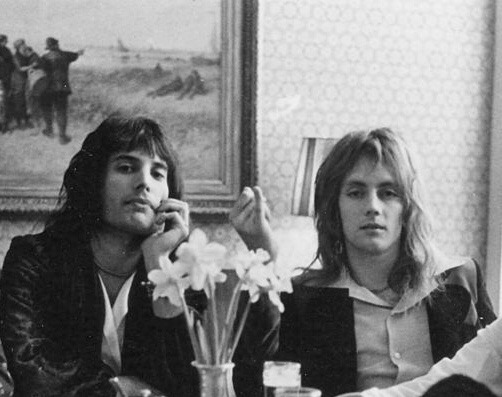
“One Christmas, when Freddie and I were flatmates in Kensington, we were trying to cook Christmas dinner but all we had was a packet of bread sauce that you make with water. We used to dream of a can of beans.“
—Roger Taylor
1K notes
·
View notes
Photo




Freddie Mercury in the dressing room before the concert
News of The World Tour, 1977
2K notes
·
View notes
Photo

Why am I living in 2019?
Why weren’t born in the 1970s?
Why!!!
2K notes
·
View notes
Text


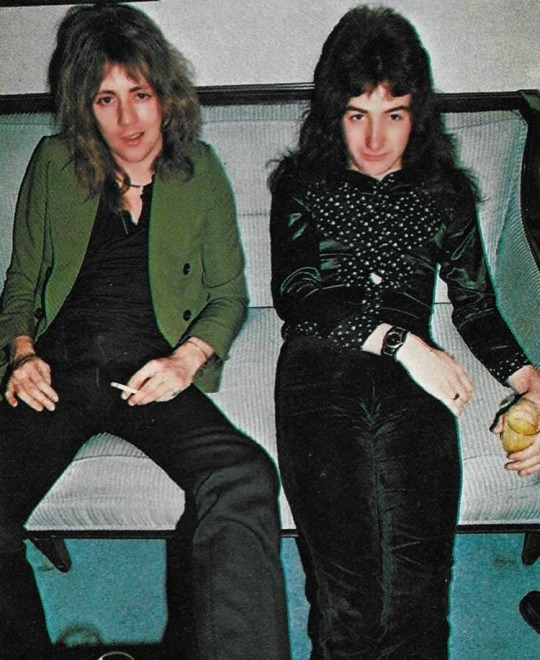

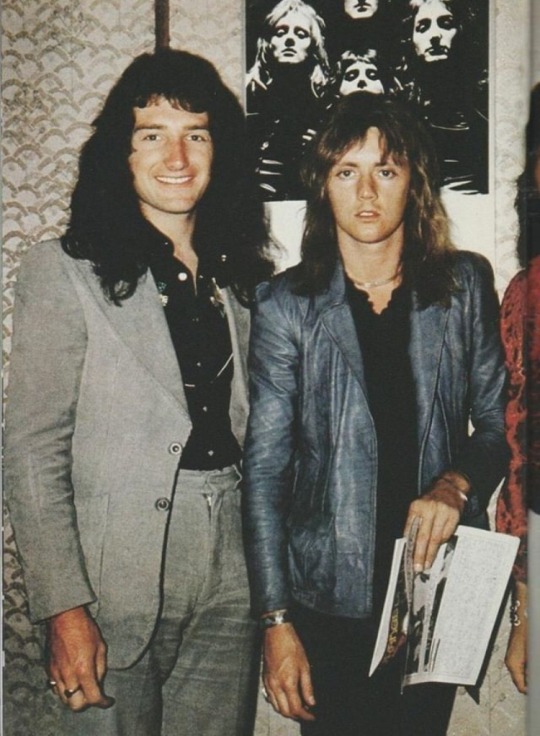
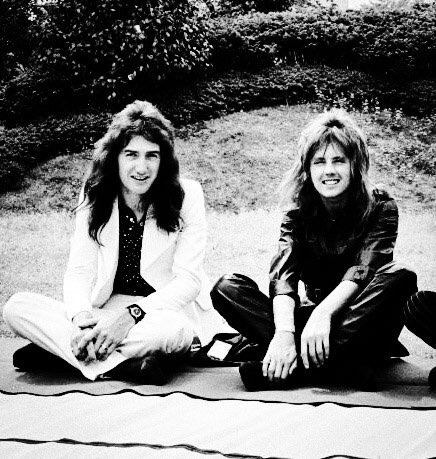



Just some cute, random photos of my two small boys ❤️
because I love them with all my heart
560 notes
·
View notes
Text

Angel….. with soft hair 🥰
2K notes
·
View notes
Photo

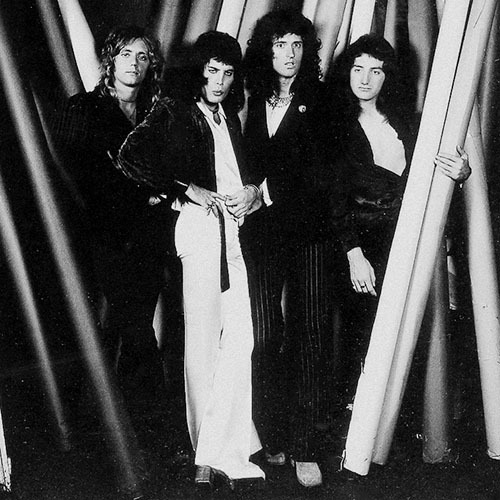

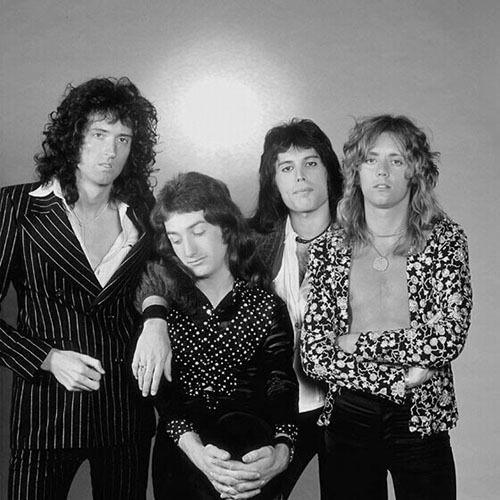
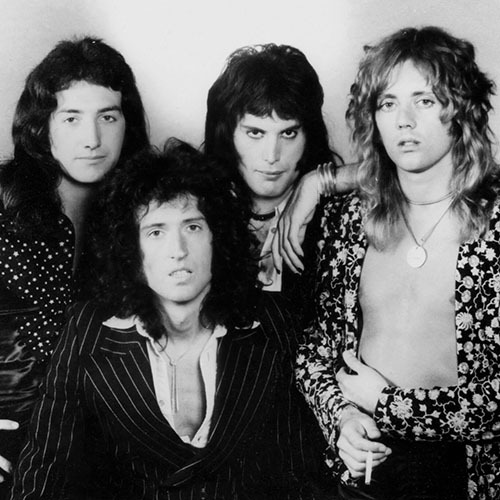
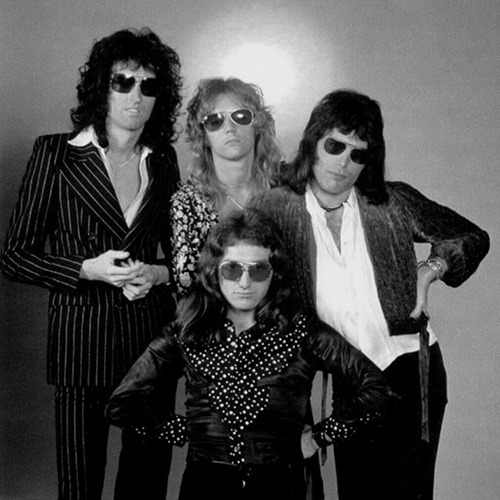
Queen photographed by Mick Rock (1974)
2K notes
·
View notes



